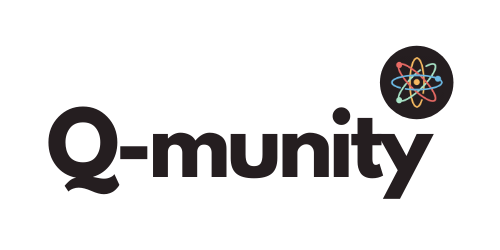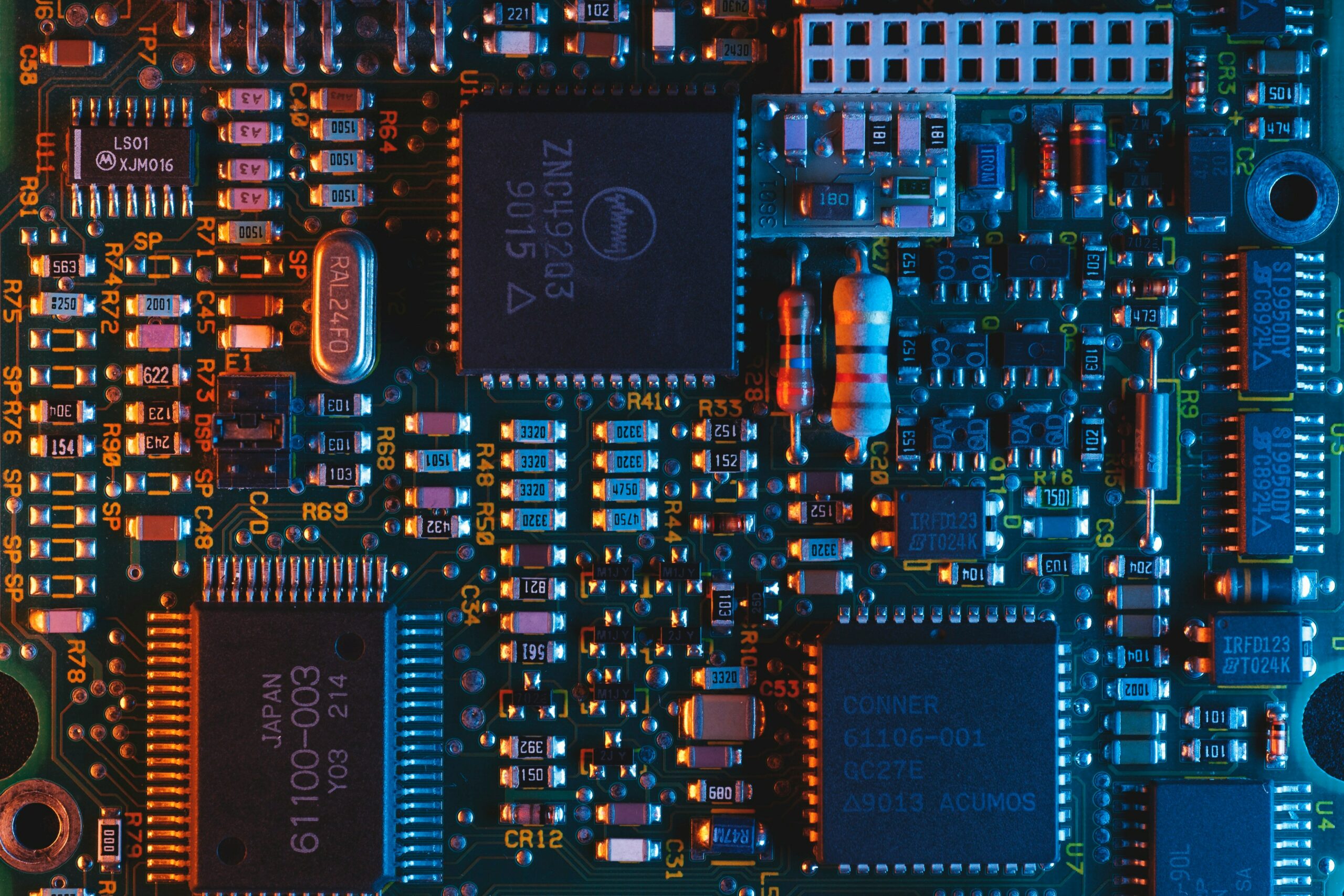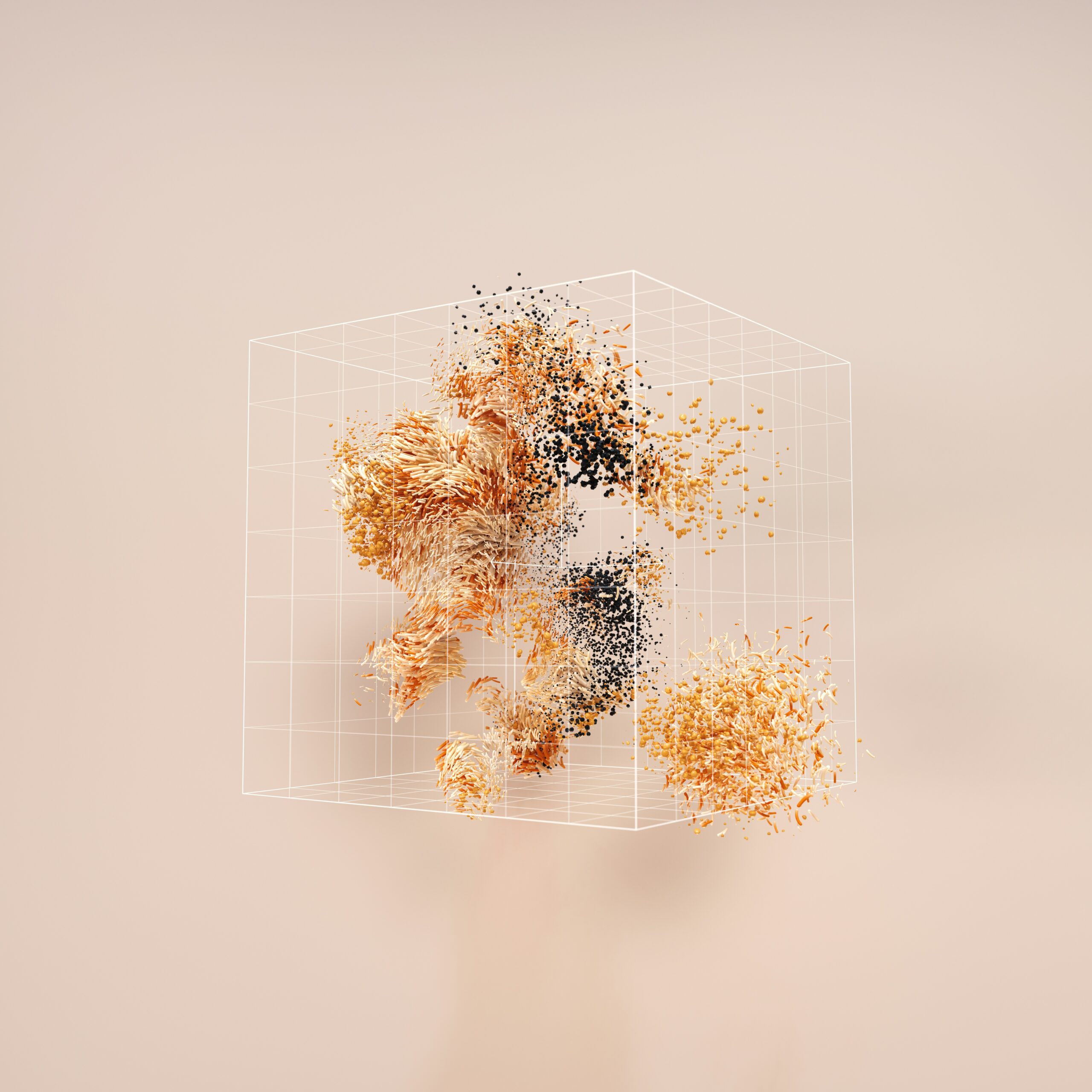When quantum computing is generally first introduced, students are presented with the notion of single quantum units, each of which represent a quantum bit. Yet the complexity of these quantum systems must increase to support more dynamic and multi-layered procedures, including that for quantum networks. These quantum networks must be capable of not only interacting with each other, but also storing information.
Thus, recent research has investigated the viability of quantum many body systems to store quantum information. These collections of interacting particles give rise to properties not present when quantum particles are on their own.
Many-body quantum technologies are capable of disrupting the tools used in the modern industry. For instance, the enhancements provided via quantum many body systems open the door for high-precision quantum thermometry.
More recently, a research team at the University of Cambridge announced promising results for their quantum-dot based register. They prepared 13,000 nuclear spins into a single dark state, or entangled state of spins. Within a complete optional cycle, the researchers reported a storage fidelity of nearly 69% and a coherence time greater than 130 microseconds. On quantum devices, this is significant: the breakthrough puts forth quantum dots and many-body physics as one of the biggest next-steps for developing robust quantum hardware.
Through further study of these quantum technologies, it is plausible that researchers will be able to develop the LC-3 equivalent of a quantum device, implementing a robust system for future innovations in computing.
See also:







